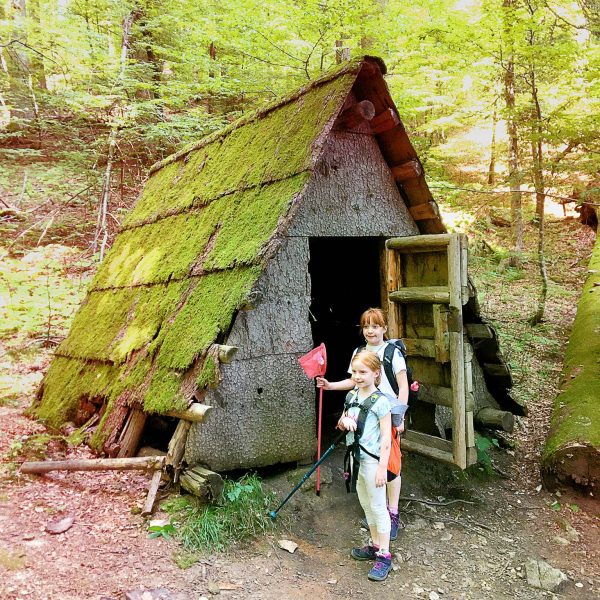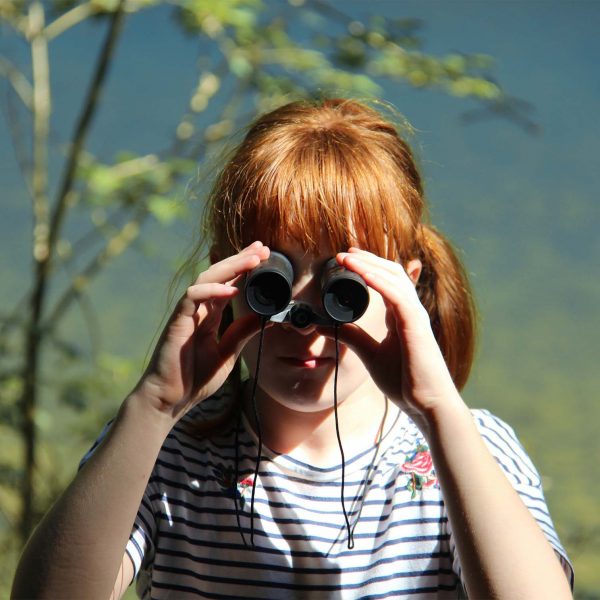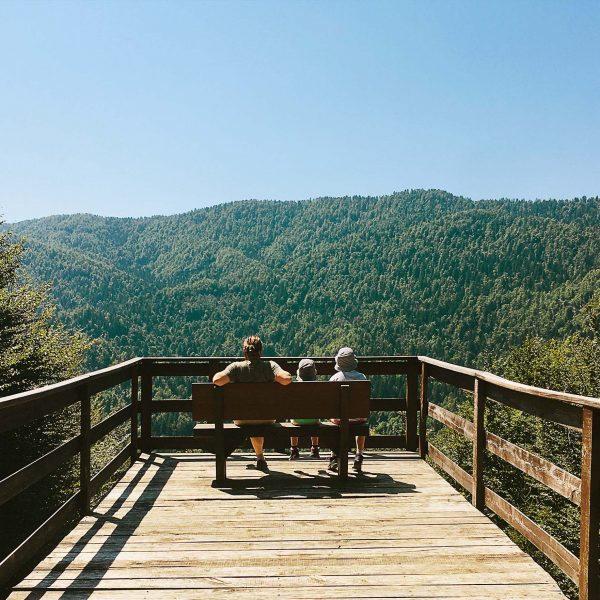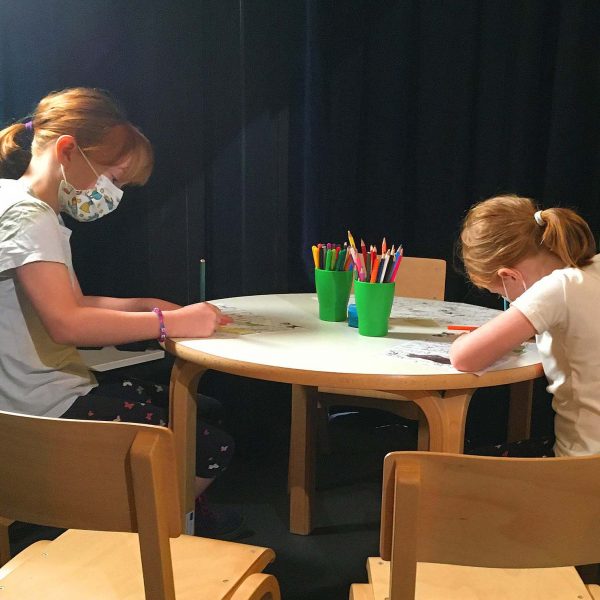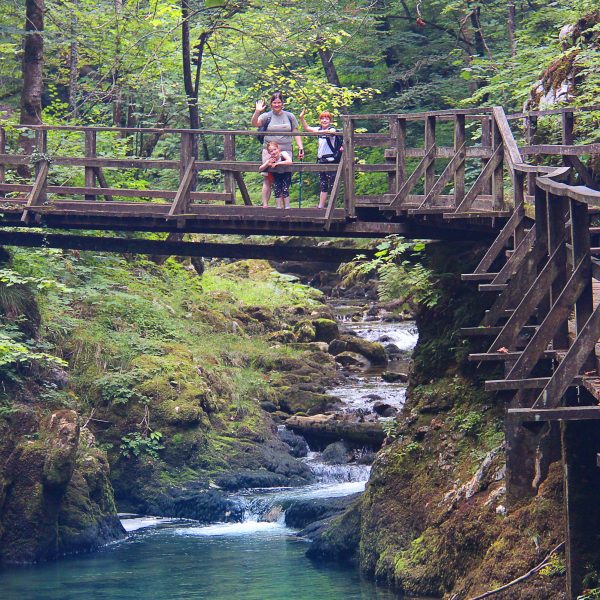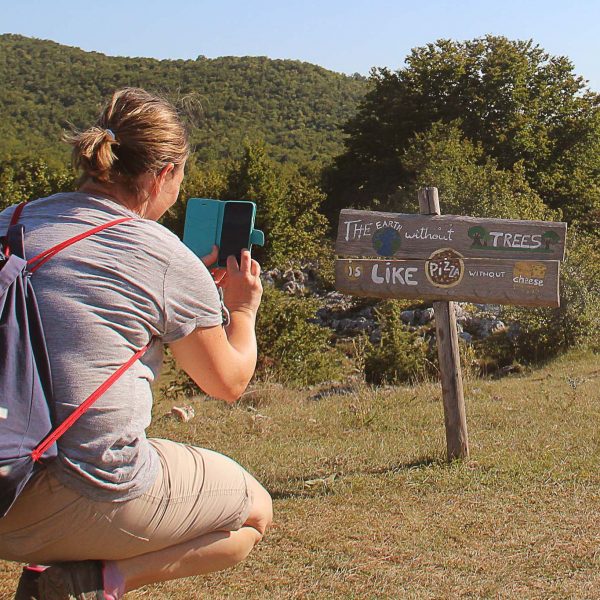Seeking somewhere quiet and something new for our family to explore, enjoying local culture and heritage to bring back some normality this summer.
I spent a wonderful summer with my family. We – my husband and I with our two girls – live in Zagreb, the capital of Croatia. I love my hometown in the summer. We usually go to swimming pools and spend a lot of time in the open. Zagreb hosts numerous cultural and gastro programmes all year long and summer is no exception. We all love going to museums. Our girls love to attend a variety of workshops, especially when museums open their doors and take their stories outside. They’re seven and nine at the moment and their thirst for new experiences and knowledge is enormous. We’re really happy to live in the city which offers so much to kids their age. Zagreb has many lovely parks and there’s also a mountain called Medvednica above it, which is a great nature retreat and a perfect escape from the city heat during long summers.
The Adriatic Sea is only a couple of hours’ drive from here and most people who live in Zagreb spend their summer holidays on the coast. We usually do that as well! The Adriatic is nothing less than magnificent and we love spending holidays together on the coast, especially on the islands.
But, as our girls are growing up, it’s getting much easier to travel and do more things together – and this summer we were also looking for some different experiences – so in August we left the city and hit the road.
During our adventure, we spent time in the Julian Alps, beautiful mountains we have visited every year for almost a decade now. We were hiking through Slovenian, Austrian and Italian Alps, climbing to many hilltops with breathtaking views, as well as walking next to scenic Alpine rivers and lakes. For us, the Alps are like a home away from home.
We also decided to spend a week in Gorski kotar, a mountain region with ancient forests, beautiful rivers and lakes, just an hour and a half drive from Zagreb. Gorski kotar is famous for its wildlife and unspoiled beauty and, not being as popular and crowded as the coastline, we thought it would be a great place to explore. Each day we went hiking and tried to learn about local culture and nature via educational paths and trails, visiting heritage sites and interpretation centres. And of course, enjoying local food.
Here I’m sharing with you some photos and impressions of some of our experiences. Being a heritage interpreter, I tried to add some more value to our holiday. When we came back to Zagreb I asked my kids and my husband about their impressions; what did they remember and what did they like the most in the centres and museums we visited? This was very important to me in the scope of the main theme of the interpretation/visitor centre in question.
“We must not endanger large carnivores because they will disappear and we must not endanger the flora and fauna because that is how we endanger our world. We need nature to live.”
— Iskra, age 9 (Large Carnivores Visitor Centre)
“I remembered the wolf, the lynx and the bear. These are large and dangerous carnivores, sometimes cuddly, and sometimes dangerous.”
— Stela, age 7 (Large Carnivores Visitor Centre)
“In the Large Carnivores Visitor Centre I learned that there are three carnivores. They are from different families and I learned how to behave when I see them. I also learned that bears are truly incredible; they can run, climb a tree and swim much faster than any of us can!”
— Boris (Large Carnivores Visitor Centre)
“I remembered that the wind blew me down, that on Velebit such a strong wind could blow that it could knock down a child like me.”
“Velebit is a large mountain that you can climb successfully and for a long time.”
— Stela, age 7 (Northern Velebit National Park Visitors’ Centre)
“Speleologists explore caves, go underwater, very deep and have to bring a lot of things and water. They have to have a lot of food because they don’t know where and how long they will be stuck. They have to dress warmly because they go to low temperatures. I learned all that from that quiz.”
— Iskra, age 9 (Northern Velebit National Park Visitors’ Centre)
“I remembered what 11 Beaufort was like. It’s the strength of the wind that knocked my little child down — easily!”
— Boris (Northern Velebit National Park Visitors’ Centre)
“I have memorised and learned that there are many species of plants and animals and some animals that are cuddly and good can prove dangerous if their lives are endangered. Never approach an animal or plant if you do not know how it will react.”
— Iskra, age 9 (Natural History Museum Rijeka, Zrinski Castle at Brod na Kupi)
It was great to spend family time in some of the types of places that I love and to feel that normality is returning in terms of being able to experience our world’s natural and cultural history again. This is also an invitation for all of you to come and visit Croatia! Don’t hesitate to contact me when you come to Zagreb. I’ll be more than happy to show you my hometown and help you to discover Croatia.
Iva Caleta Plesa is a tourist guide for Zagreb, a French and Russian language teacher, museologist and heritage interpreter. She is an IE Certified Interpretive Guide and certified trainer. Together with her husband, she runs Doremiza (www.doremiza.com), a small creative space for workshops, photo sessions, lectures and meetings. She can be contacted at: ivacaleta@gmail.com.
The interpretation centres that Iva visited included: National Park Risnjak (www.np-risnjak.hr/en)
Large Carnivores Visitor Centre (www.centar-velikezvijeri.eu/en/visit-us)
Kamačnik Protected Landscape (www.visitvrbovsko.hr/kamacnik)
Grabovača Cave Park (www.pp-grabovaca.hr/en)
Velebit House, Northern Velebit National Park Visitor Centre (www.kuca-velebita.np-sjeverni-velebit.hr)
Natural History Museum of Rijeka in the Zrinski castle, Brod na Kupi (www.frankopani.eu/en)
To cite this article: Plesa, Iva Caleta (2021) ‘Being a visitor in covid times’ in Interpret Europe Newsletter 3-2021, 21-22.
Available online: https://interpret-europe.net/wp-content/uploads/2021/10/Newsletter-Autumn-2021.pdf

